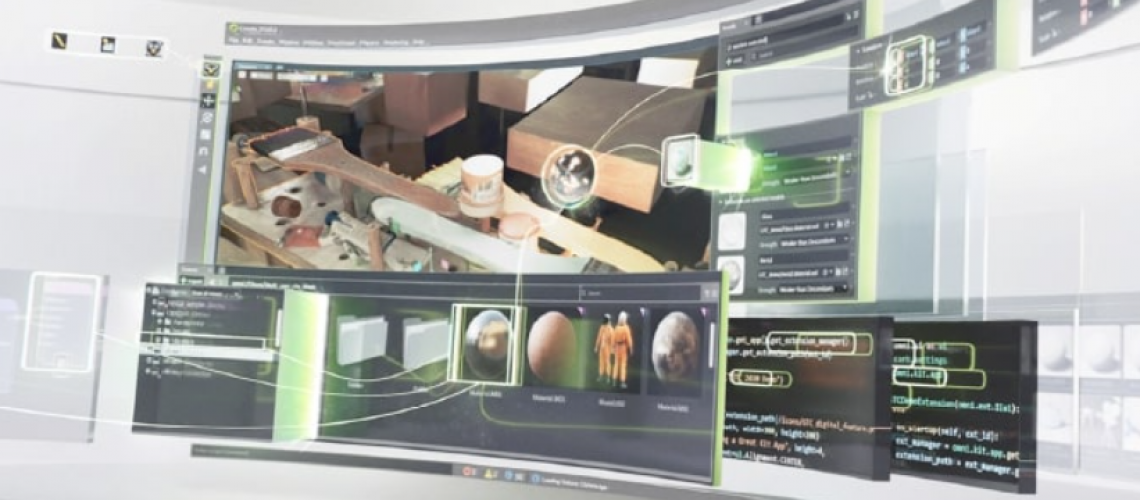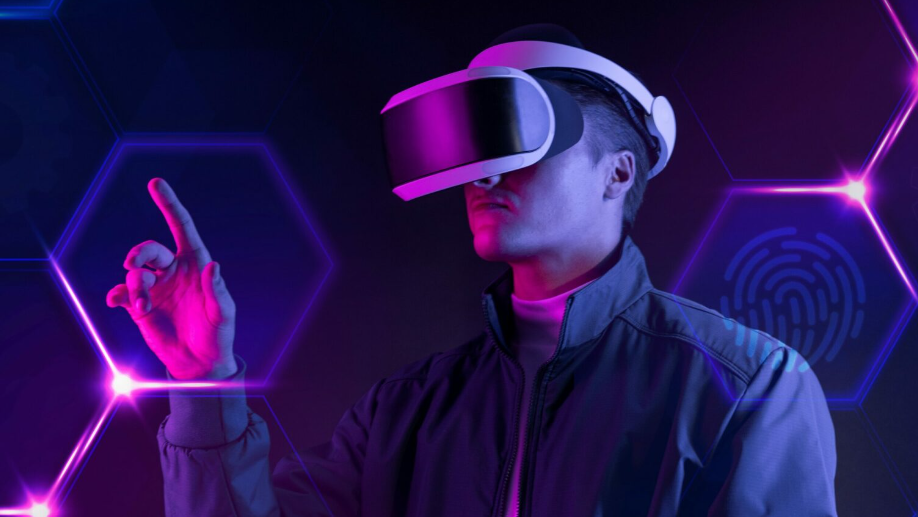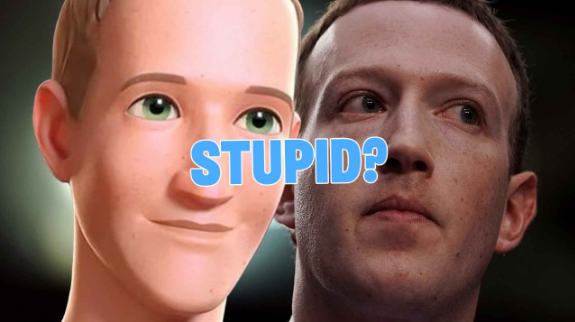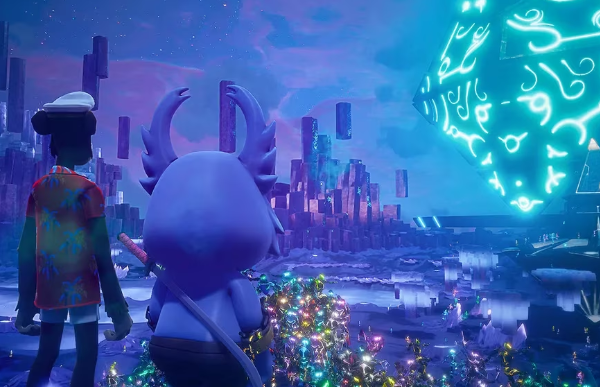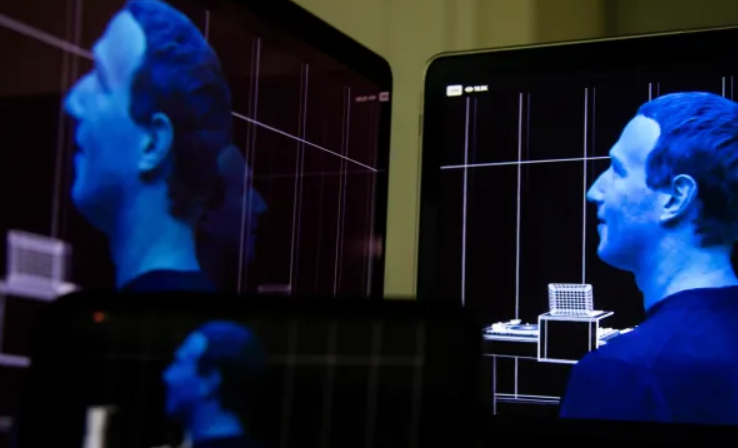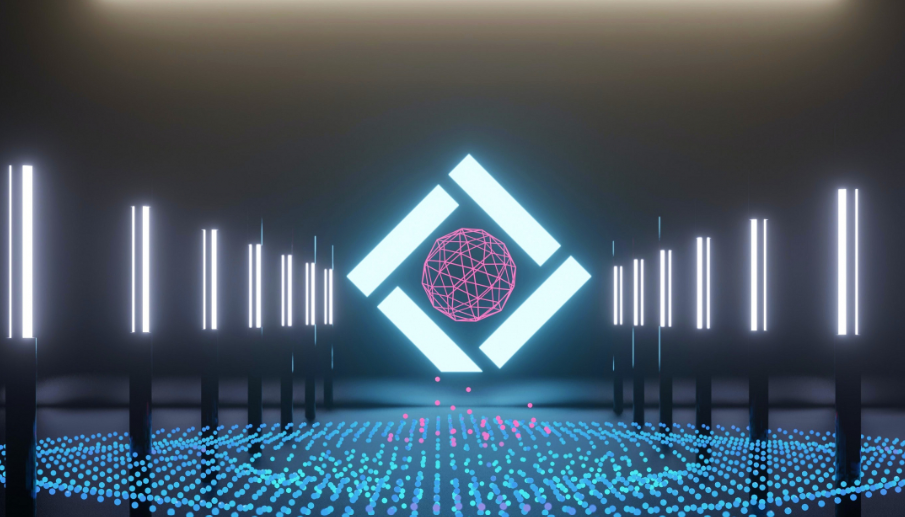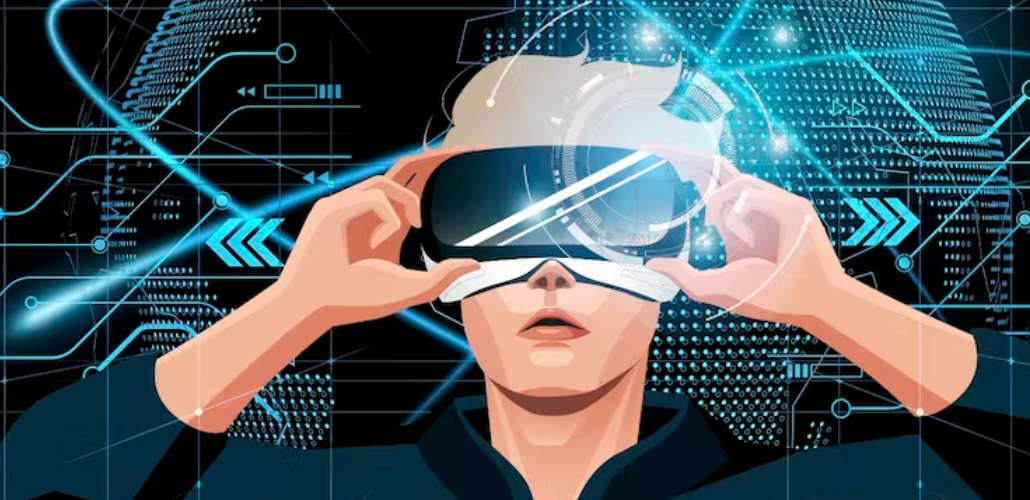The Metaverse, a concept that Meta (ex-Facebook) generated buzz about in 2021, has attracted an enormous amount of attention. Companies all over the world, whether large or small, are trying to explore opportunities to incorporate this technology to keep up with the fierce competition in their respective industries.
However, the Metaverse isn’t the only universe the world is familiar with today. In fact, Multiverse and Omniverse are also two terms that give the idea of an extended universe beyond what we experience and know today. To better understand Metaverse vs Multiverse vs Omniverse, we will have to delve into the meaning of these concepts. In this blog, we answer a few questions, such as how these concepts vary from one another, why the IT industry should care about them, and what the future of cyberspace looks like.
Therefore, we recommend you to stay with us until the end of this blog to have a deep understanding of Metaverse, Multiverse, and Omniverse. Now, without further ado, let’s get started!
What is Metaverse?
Now, before proceeding to discuss the differences between Metaverse vs Multiverse vs Omniverse, it would be better to understand these three concepts separately. So, let’s start with the concept of the Metaverse first.
Metaverse is a concept that leverages virtual objects to deliver realistic experiences using technologies like blockchain, AR, VR, AI, IoT, and more. Metaverse users have the freedom to purchase virtual spaces to create virtual stores. Other than that, users can also wear VR glasses just to roam the Metaverse and do activities like hanging out with friends, meeting new people, browsing stores, buying things, playing video games, trading on Metaverse, etc.
Simply put, the Metaverse is a replica of the real universe that you can explore and experience from the comfort of your own home. By leveraging technologies like AR and VR, see and interact with objects that are just graphical representations of something that is imaginary or copies of something real.
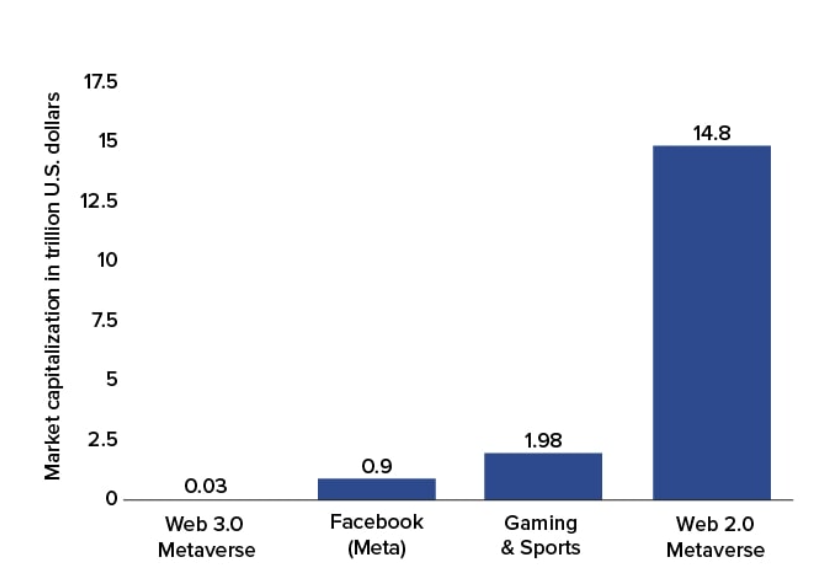
Statistics by Statista above show that Web 2.0 Metaverse had the largest market capitalization as of October 2021. With a whopping market capitalization of $14.8 trillion, the margin was far higher than the capitalization of other leading Metaverse segments. such as gaming and esports, and Facebook (Meta).
Metaverse Features
Well, Metaverse is a massive concept and it includes many features that are crucial to look at in order to understand this concept well. So, let’s break down their crucial features into indicators and discuss them individually for a better understanding of the concept.
- Virtual Reality: The Metaverse relies heavily on virtual reality for even its basic operations. To enter this virtual world, users are supposed to wear virtual reality glasses that are smart enough to support all of the Metaverse experiences. For hanging out, interacting with virtual objects, and finding items to buy, these VR headsets are the bridge between the Metaverse experience and users. Therefore, the successful implementation of the Metaverse and its expansion will not only popularize the concept of a virtual yet realistic shopping experience, but also have a positive impact on the sales of VR glasses and other assistive devices.
- Augmented Reality – Not so different from the concept of virtual reality, AR does not require virtual reality glasses to explore virtual objects. One can use the device’s camera and device screen to view, explore and experience virtual reality. Metaverse is also taking advantage of this technology to ensure that users who don’t already have VR headsets can also have some limited but amazing experiences. If you’ve used Pokémon GO, Snapchat filters, or other similar experiences, you may be aware that AR typically places virtual objects in the real world by scanning the real world with your device’s camera. These virtual objects that are placed in the real world can be seen through the screen of the device that the users are using.
- Cybersecurity: AI is used in the Metaverse to deliver cybersecurity. Additionally, blockchain powers cybersecurity features in the Metaverse by leveraging concepts like transparency, immutability, performance, and more. AI with blockchain monitors servers in real time to ensure prompt, real-time action is taken if suspicious activity is detected. These technologies are useful for protecting transactions, user data, NFTs, cryptos, etc., which are a large part of the Metaverse servers.
- NFTs and cryptos: Non-fungible tokens (NFTs) and cryptos are a big part of the Metaverse, as they power the economic side of this technology. NFTs are used to help creators and sellers maintain ownership and commercial rights to items they own or purchase on the Metaverse. Metaverse development companies like Decentraland are one of the key players involved in enabling NFTs on the Metaverse.
What is Multiverse?
As the name suggests, Multiverse is a combination of two words: Multiple + Universes. Thus, Multiverse simply means a collection of multiple universes that you can theorize, explore, or experience. In the real world, the term Multiverse is used to describe many fictional universes, but in the context of technologies, the meaning differs slightly. In the technological world there are various platforms that are referred to as various universes. For example, social media platforms are one universe and gaming platforms are the other universe. Just like that, you have a universe called ecommerce platforms and another universe where you order food from.
Multiverse is a simple concept to understand. Whatever you do in your video games will not affect the content of your social networks. But some games like Uno give you the ability to share your gaming achievements on your social media platforms. This is how you transfer data between two different universes. But because both universes are part of a single Multiverse, it’s possible to do that. However, he can’t forget that even after being part of the single Multiverse, both universes have their own set of rules and regulations that won’t affect each other.
What is Omniverse?
Omniverse is a concept that consists of everything from multiverses to metaverses. It is the largest existing concept in the technological world that includes all the elements of Multiverses and Metaveverses. The concept allows to connect all the Metaverses and Multiverses for better data transfer, technology sharing, collaborations, communications, group projects, remote work, etc. So, in short, it’s the largest amount of data ever collected under a single universe that keeps increasing in parallel. as the number of Multiverses and Metaverses increases.
Difference Between Metaverse, Multiverse, and Omniverse
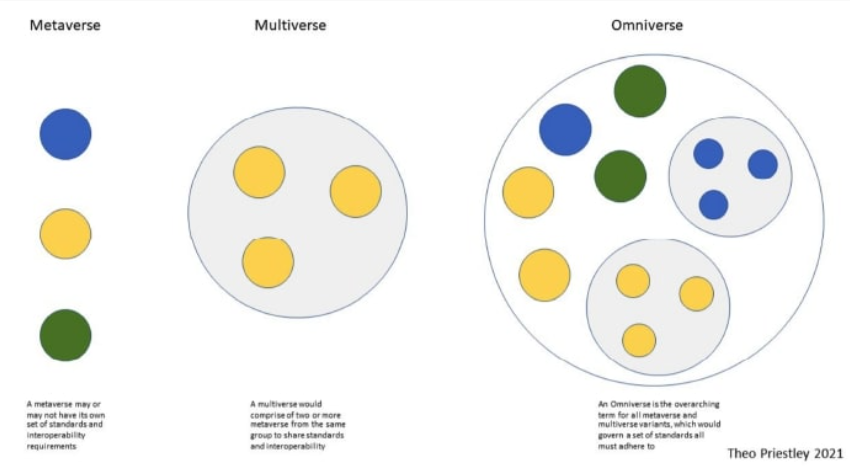
Based on the size of the data
Well, it’s pretty easy to understand why Metaverse falls short when we compare the sizes of data each concept has to store and trade. After all, the Metaverse is a collection of data from different sources, but it still only defines a single universe. It speaks of a space where different entities sign up to provide ordinary users with the best Metaverse projects based on experiences like entertainment, shopping, education, and more. However, all of that is done in a single space that may or may not expand as requirements increase.
Multiverse, on the other hand, is much larger than Metaverse in terms of size and capacity to store the data and allow data exchange. The reason, as mentioned above, is quite simple. It consists of multiple Metaverses, and each Metaverse has its own set of rules, regulations, and behaviors. However, the concept is not limited to just Metaverses. In fact, Multiverse is also applied in many fictional sagas, theories, etc.
Omniverse as we understood earlier is much more complex and massive in size compared to Metaverse and Multiverse. Omniverse includes all possible Multiverses that exist in reality, and since the Metaverses are part of those Multiverses, Omniverse easily takes the cup of having much more amount of data to store and exchange. An Omniverse also supports the concept of enhanced connectivity and data transfer as it creates an environment where everything exists within the concept. So if someone is controlling the Omniverse, then they gain access to information that exists in all possible parallel data stores within the Omniverse.
Technological Requirements
Metaverse, as we mentioned above, uses various technologies like AI, AR, VR, Blockchain, etc. These technologies are used to enable some common Metaverse operations such as data storage, security, commerce, virtual interactions, cyber security, financial transactions, content ownership, virtual shopping, and more. As new users sign up, new companies join, and new evolutions take place in the Metaverse, the amount of data and requirements for such technologies increase. But even after all that, a Metaverse still doesn’t meet the Multiverse requirements.
A Multiverse, since it is massive in size, requires higher computational resources that can also allow for more storage and more data transfer. Not only that, with such a massive requirement, data transfer speed is also a concern that a common internet speed cannot do, even if it matches the level of corporate requirements. Depending on the size of the Metaverse Multiverse, the demand for technologies like blockchain and AI is surely expected to increase. Therefore, these demands will translate into the need for more infrastructure buildings for such technologies.
An Omniverse is at the top of the hierarchy in terms of technical requirements due to its size. The concept covers all Multiverses, and that feature enables ease of connectivity, governance over the entire data infrastructure, faster connectivity of different platforms, and more. With all of these capabilities, Omniverse also raises the requirement for technologies to support all of these operations.
Examples
There are many real world examples that can be used as references to define metaverses. Take Sandbox for example. The sandbox allows you to buy virtual land, build property, open shops, and do much more on land that only exists in a virtual world. While there are also other famous metaverses like Epic Games where users can play various virtual games and hang out with their friends or strangers in an original yet organized virtual space.
Multiverse, on the other hand, is a concept that allows for the idea of separate entities that have no impact on each other. Thus, we can take games like PUBG for example. Where you play will not affect the functionality of your Instagram account. However, you also have control over the content you want to share from PUBG, such as a screenshot, video recording, etc. on his Instagram account.
Omniverse, on the other hand, has an amazing real life example that is much easier to understand. NVIDIA-Omniverse is a concept that has been created to support and connect multiple industries on a single virtual platform. There are supporting technologies such as NVIDIA RTX to enable more realistic ray tracing of lights along with NVIDIA PhysX to enable higher quality images of textures and materials. NVIDIA Omniverse also uses AI which is useful for implementing much smarter behavior patterns and interactions for everything from entertainment to gaming. NVIDIA Omniverse is designed to enable smarter collaborations and help businesses create hyper-realistic virtual replicas of real-world objects.
What technology is here to stay?
Well, between the Metaverse, the Multiverse, and the Omniverse, the Metaverse is still experiencing quite a rise. The technology is being promoted by key players like Microsoft, Meta, and Google, among others. Not only that, hundreds of startups and large companies are exploring ways to leverage Metaverse to build a long-term presence on their servers. So it’s safe to say that Metaverse is indeed a technology that could stick around for a long time. Additionally, with the increasing adoption of technologies like Web 3.0, Metaverse also has an opportunity to empower itself and make incorporating more industries a smoother process than ever before.
Conclusion
Metaverse, Multiverse and Omniverse; the three concepts are connected to each other but have very different characteristics altogether. These concepts allow the idea of connectivity, massive data handling, data transfer, etc., but also separate entities from operations with each other. However, there are factors that are increasing the popularity of these concepts and these factors are increasing the digital connectivity of users around the world, the demand for more comfortable technologies, the demand for virtual technologies on the rise and more. These increasing demands are resulting in an increasing amount of data and therefore the need for better connectivity is also increasing.
In the future, when descendants of technologies like 5G become more popular, we will see a huge increase in the standardization of technologies like Metaverse and Omniverse. With the increasing number of organizations, the demand for connectivity will also increase and thus there will be more real world examples to discuss under Omniverse and Multiverse.

